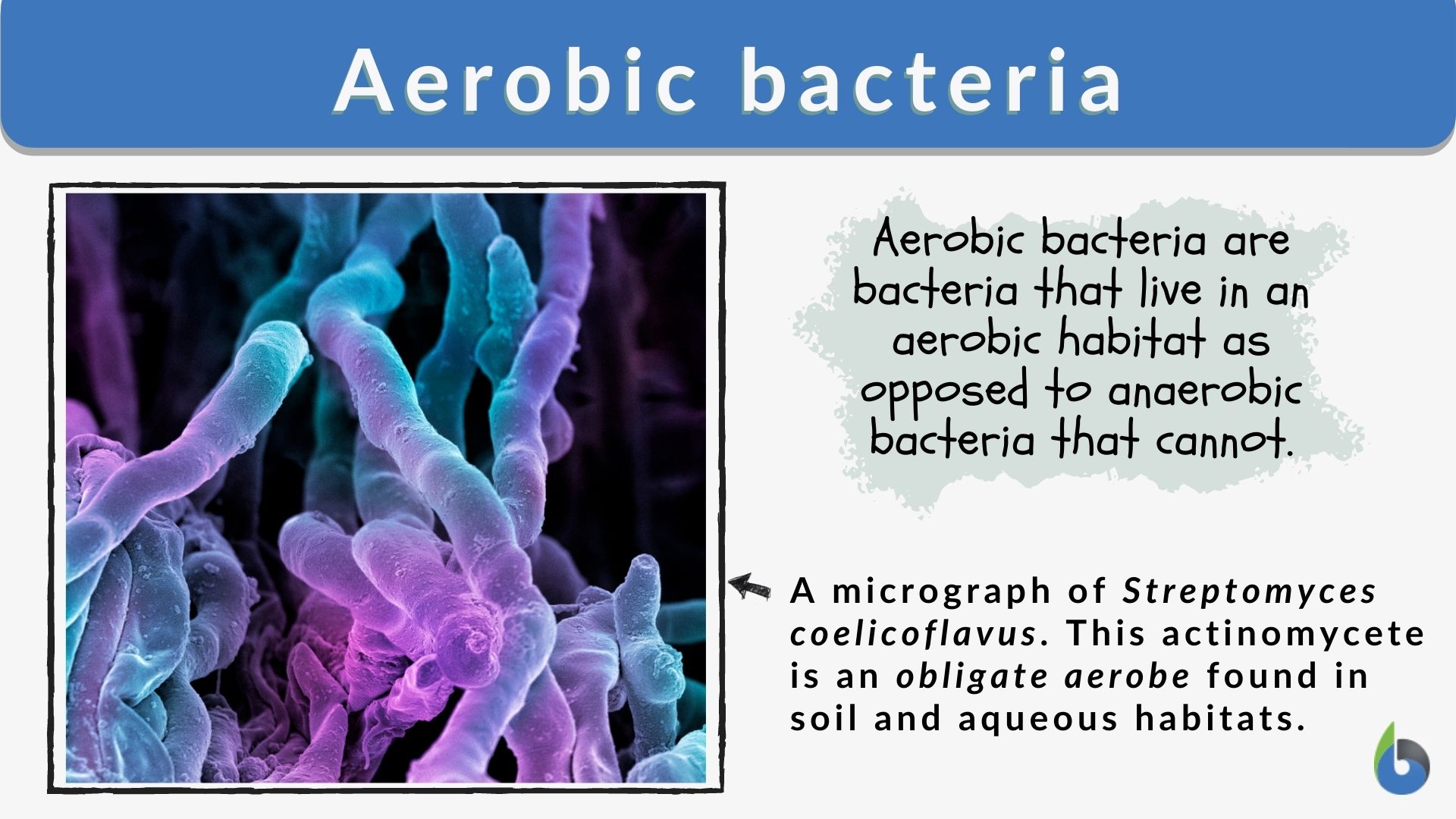Escherichia coli contains a versatile respiratory chain which oxidizes ten different electron donor substrates and transfers the electrons to terminal reductases or oxidases for the.
dynamics of gene regulation in E.coli during the transition from anaerobic to aerobic growth (20). The use of chemostat culturesallowsveryreproducibleinitialstatestobeestablished in.
One advantage of anaerobic respiration is obvious. It allows organisms live in places where there is little or no oxygen. Such places include deep water, soil, and the digestive tracts.
Escherichia coli (E. coli) is a Gram-negative, rod-shaped, facultative anaerobic bacterium. Is Escherichia coli gram-negative? E. coli is a Gram negative anaerobic , rod.
The transition from anaerobic to aerobic growth is important, because E. coli grows both anaerobically in the intestine and aerobically when excreted. Its ability to.
$\begingroup$ E. Coli is not simply aerobic. Nor is it anaerobic. It is facultative, meaning that it thrives in both environments, and can breath with or without oxygen. Nor is it.
The bacterium E. coli is capable of performing: aerobic respiration - in presence of oxygen; anaerobic respiration - in absence of oxygen; fermentation - In.
Question. is e coli anaerobic or aerobic. 0. Microbial ecology Roy M. Balderas 2 months 0 Answers 5 views New Member 0.
Here, a multi-level analysis of the aerobic respiratory chain of E. coli was performed to find correlations between gene transcription, enzyme activity, growth dynamics, and.
The results of this study points at a significantly prolonged persistence of the E. coli and the associated antibiotic resistance gene in the anaerobic sludge. However, horizontal.
Escherichia coli (E. coli) are Gram-negative, facultative anaerobic, rod-shaped bacteria. E. coli are commonly found in the intestine of humans and warm.
However, being Facultative anaerobe E. coli can grow both aerobically and anaerobically and you need not to think about ways to grow them anaerobically, use any system with.
Suspensionen von gewaschenen Bakterien, aus einer in erzwungener Aerobiose gezüchteten Kultur von E. coli, vergären Glucose ohne Abscheidung von Kohlendioxyd.











